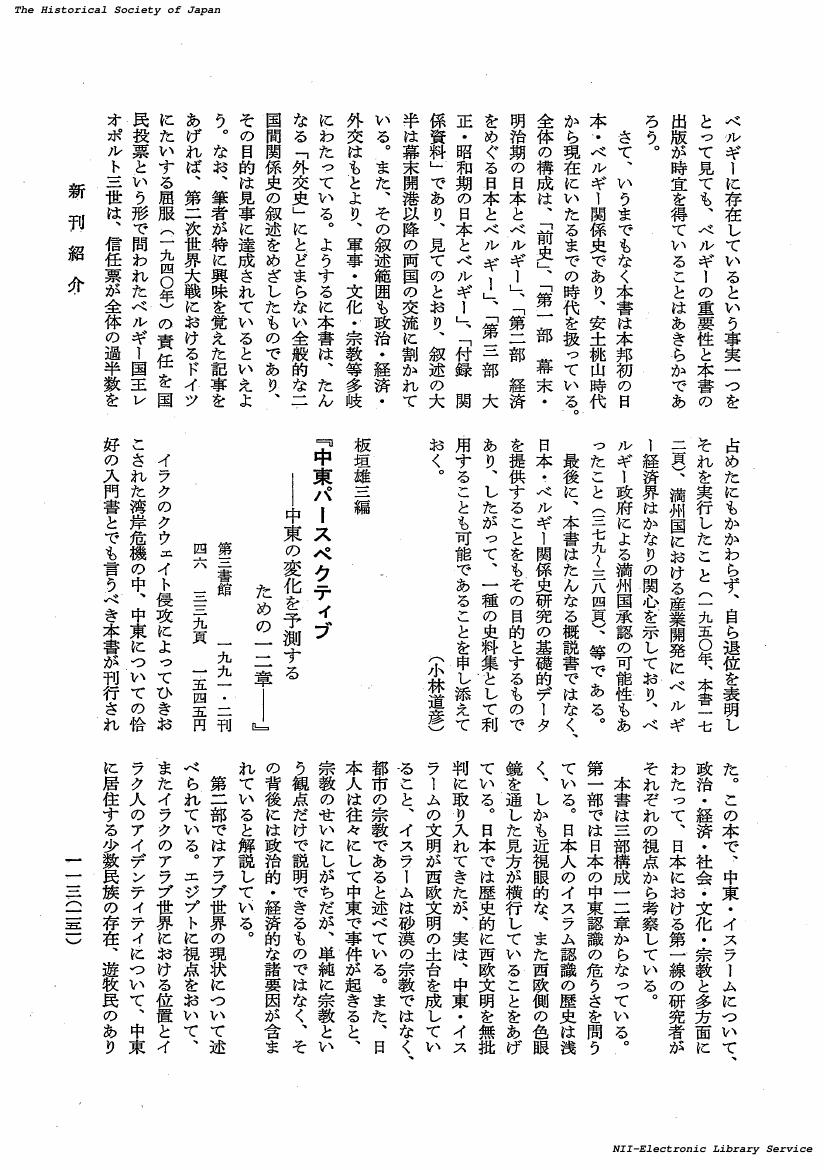5 0 0 0 OA 10-12世紀における王権の象徴に関する一考察
- 著者
- 後藤 敦子
- 出版者
- 一般社団法人 日本オリエント学会
- 雑誌
- オリエント (ISSN:00305219)
- 巻号頁・発行日
- vol.42, no.2, pp.112-128, 1999 (Released:2010-03-12)
According to Ibn Khaldun's the Muqqadima, “A sovereign's privileged symbol is his special paraphernalia. There is flag raising, beating of the drums and the blowing of trumpets and horns.” In a broad sense, nawba is the term used to designate a military musical band, but their early instruments were only drums. In other words, “beating drums” can replace nawba.The research in medieval Islamic studies has tended to emphasize not nawba but khutba (the address from the minbar in the mosque) and sikka (coinage). This brief article aims at analyzing chronologically the formation and the development of nawba from the Buwayhid to the Saljuqid period.According to the Encyclopaedia of Islam (New Edition), nawba has the purpose to announce the prayer time by beating a drum in the gateways of governor's palaces and residences. Under the 'Abbasid dynasty, only the caliph had this privilege. In 945 (or 946), when the Buwayhid's sovereign Ahmad (later his title is Mu'izz al-Dawla, d. 967) entered Baghdad, the capital of the 'Abbasid Caliphate, he demanded that drums be beaten in the palaces. As a result, the privilege of nawba was granted to Mu'izz al-Dawla, in the form of the three-fold nawba, excepting madina al-salam (Baghdad). The Buwayhid's sovereigns, that is amir al-umara', bestowed the right of nawba on his subjects, and this nawba became the custom after the Adud al-Dawla (d. 982) period.In 1055, when the Saljuqid's sovereign Tughril-Bek (d. 1063) entered Baghdad, the Caliph bestowed the drum and trumpet upon him. With changes in the times, this right was granted to subjects. They freely beat their drums in the gateways of their residences or military tents to declare control over their domains. After that, in Persian the five-fold nawba (panj nowbat) came to mean insistence upon kingship.In this way, during the medieval Islamic period, the nawba was an important factor in considering kingship.
- 著者
- 後藤 敦子
- 出版者
- 公益財団法人 史学会
- 雑誌
- 史学雑誌 (ISSN:00182478)
- 巻号頁・発行日
- vol.100, no.6, pp.1151-1152, 1991-06-20 (Released:2017-11-29)
1 0 0 0 IR セルジューク朝における王権の一考察 : フトバの政治的役割
- 著者
- 後藤 敦子
- 出版者
- お茶の水女子大学大学院人間文化創成科学研究科
- 雑誌
- 人間文化創成科学論叢
- 巻号頁・発行日
- vol.19, pp.37-45, 2016
This paper analyses the function of the khuṭba (sermon), which was addressed with the Sultan's name on the minbar (pulpit) in mosques during Friday prayers in the Seljuq period (1038‒1194). The khuṭba has been studied as a sovereign's privileged symbol. Here, I enumerate the political aspects of \the khuṭba and chronologically investigate them through the following three stages: ⑴ from Ṭughril Bek's conquest of Central Asia and Eastern Iran to enter Baghdad, the capital of the Abbāsid dynasty \(1055), ⑵ from 1055 to the death of Sulṭan Malik Shāh (1092), ⑶ from 1092 to the collapse of the Great Seljūqid dynasty (1157). \The conditions concerning the khuṭba changed over the course of time, including aspects related to who had the right to announce one's name in the khuṭba and who permitted whom to mention one's name in it. The relations between the Abbāsid Caliph and the Seljūqid Sultan also underwent a transformation. During the early period, the khuṭba with the names of the Abbāsid Caliph and Seljūqid Sultan authorised the Sultan's legitimacy in the Islamic world. However, later, when several Sultans fought each other for succession, the khuṭba in the Sultan of Baghdad's name was used as an important political instrument to demonstrate who the current Sultan was.
- 著者
- 後藤 敦子
- 出版者
- 公益財団法人史学会
- 雑誌
- 史學雜誌 (ISSN:00182478)
- 巻号頁・発行日
- vol.121, no.7, pp.1333-1334, 2012-07-20
